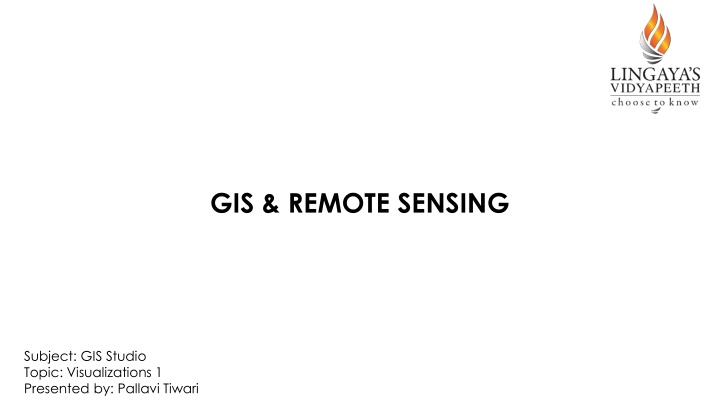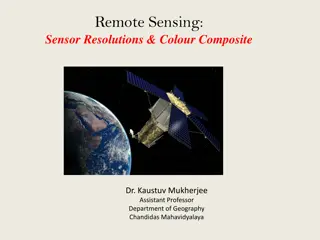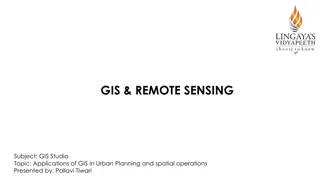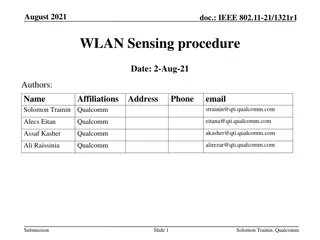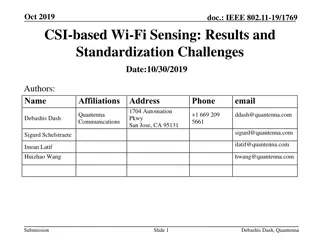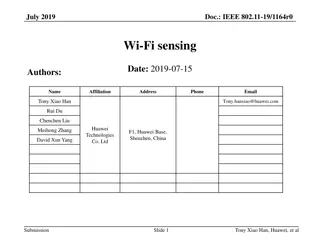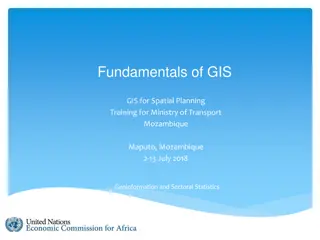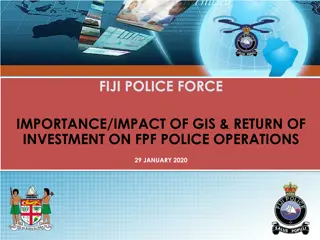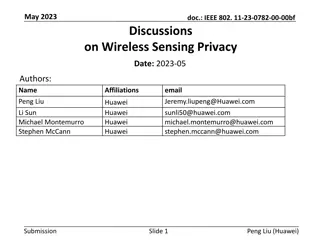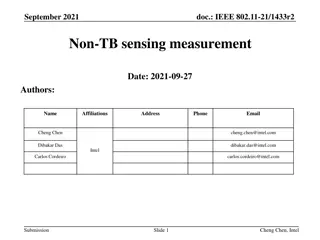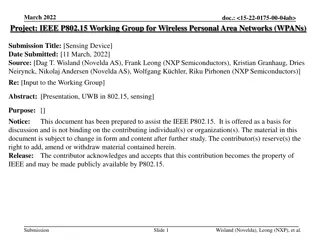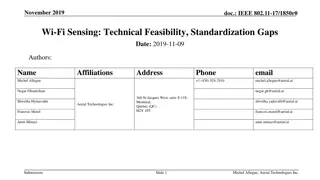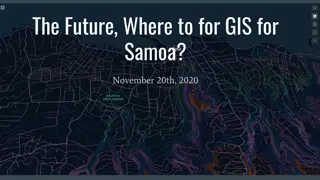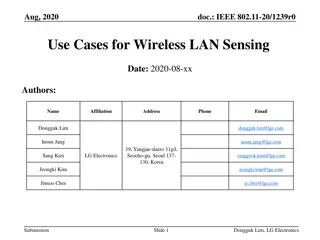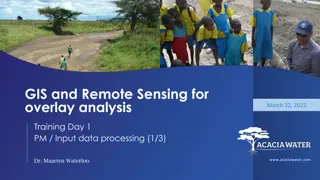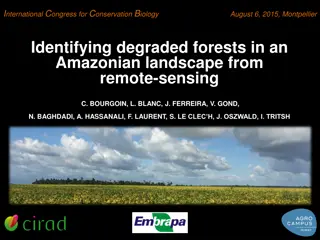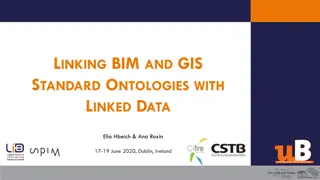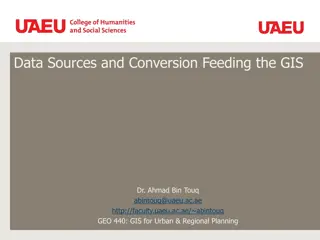GIS & REMOTE SENSING
Burundi's 4th General Census faces challenges due to incomplete data sets and traditional methodologies impacted by COVID-19. This article discusses the impact and mitigation strategies for maintaining census data quality amidst the pandemic.
Download Presentation

Please find below an Image/Link to download the presentation.
The content on the website is provided AS IS for your information and personal use only. It may not be sold, licensed, or shared on other websites without obtaining consent from the author.If you encounter any issues during the download, it is possible that the publisher has removed the file from their server.
You are allowed to download the files provided on this website for personal or commercial use, subject to the condition that they are used lawfully. All files are the property of their respective owners.
The content on the website is provided AS IS for your information and personal use only. It may not be sold, licensed, or shared on other websites without obtaining consent from the author.
E N D
Presentation Transcript
GIS & REMOTE SENSING Subject: GIS Studio Topic: Visualizations 1 Presented by: Pallavi Tiwari
Digital Cartography Cartography is the art and science of creating a map. Digital cartography creates maps using a computer. Making the map is often the final stage in a GIS project. - If we make a poor map, people will not be able to appreciate all the hard work and effort that went into the GIS project. - Believe it or not, many GIS projects have not received further funding, not because the work was bad, but because the final map produced did not adequately demonstrate the good work that was performed.
Consideration in Map Design Before you create a map, you should ask four basic questions: What is the motive for making the map? Who will read the map? Where will the map be used? What data is available to make the map? You need to judge your audience. If you are making maps for the general public, your map should reflect their level of understanding. This will be a much different type of map than one created for a geotechnical engineering firm. If you make a map that is too difficult to understand, or one that is too simplistic, your audience may not appreciate the information that you are trying to communicate.
Also, the motive is important. That is, are you trying to inform your audience, or persuade them? Each map may take a slightly different presentation form, depending upon the motivation. Finally, a little bit of psychology might be in order as well. Think about the colors you choose. If you are attempting to present grave information, such as the impact of contaminants on a community, choose colors or symbols that would best reflect the mood of your map.
For centuries, maps have been used to visualize a wealth of information in the sciences and humanities. Milestones in the History of Data Visualization (compiled by Michael Friendly and Daniel J. Denis, York University in Canada) suggests that geospatial visualizations have been around since the 17th century. For instance, Edmund Halley s New and Correct Chart Showing the Variations of the Compass (1701) was the first map to show lines of equal magnetic variation.
In 1826, Charles Dupin published a thematic map of France showing illiteracy levels using shadings from white to black. This is, in fact, the first known instance of a chloropleth map.
Chloropleth Map Chloropleth maps represent data using different colors or shading patterns for different regions. Each color or shading pattern corresponds to a different value or range of values that a variable can take. In this chloropleth visualization of countries of the world, there are 8 colors, each representing a different range of percentages of women participating in the labor force. The white regions marked NA represent regions for which data is not available.
Chloropleth maps are great for intuitively visualizing geographic clusters or concentrations of data. However, a chloropleth map could be misleading if the size of a region overshadows its color. Big regions naturally attract attention, so large areas might get undue importance in a chloropleth map while small regions are overlooked.
